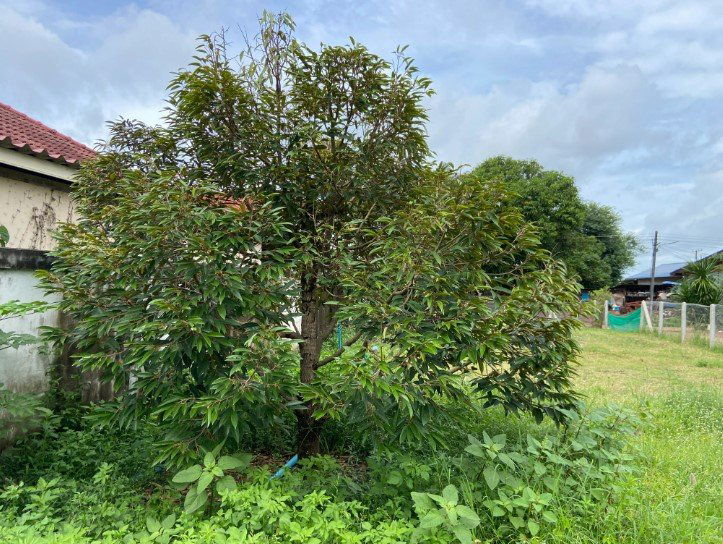Explore how agricultural education is shaping a sustainable future through innovative organic farming practices.Agricultural education plays a crucial role in promoting sustainable practices, especially in organic farming. By equipping individuals with the knowledge...
Benefits of Agricultural Education
Empowering Tomorrow's Farmers
The Future of Agriculture Education
Explore how agricultural education is shaping a sustainable future through innovative organic farming practices.
Join the Movement for Sustainable Farming
The Role of Agricultural Education
Key Benefits of Agricultural Education
Enhanced Farming Techniques
Learn advanced methods to increase crop yields while maintaining environmental balance.
Increased Productivity
Boost farm efficiency and output through innovative educational programs.
Sustainable Practices
Adopt eco-friendly farming methods that protect natural resources and biodiversity.
Impact of Agricultural Education
Agricultural education has led to a 40% increase in organic fruit production efficiency among participating farmers.
30% Yield Increase
50% Cost Reduction
70% Higher Quality Produce
85% Farmer Satisfaction
Upcoming Workshops and Seminars

Organic Farming Techniques Workshop
Learn the latest techniques in organic farming to boost your crop yield and quality.
All Year, Contact Us
FREE

Sustainable Agriculture Seminar
Explore sustainable practices that can enhance your farm’s productivity and sustainability.
April 10, 2024
FREE

Organic Fruit Cultivation Workshop
Hands-on workshop focusing on the best practices for organic fruit cultivation.
2025
FREE






















